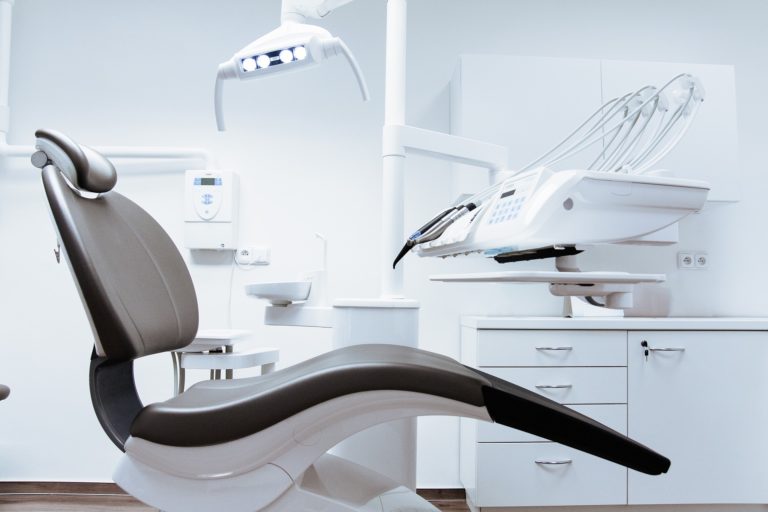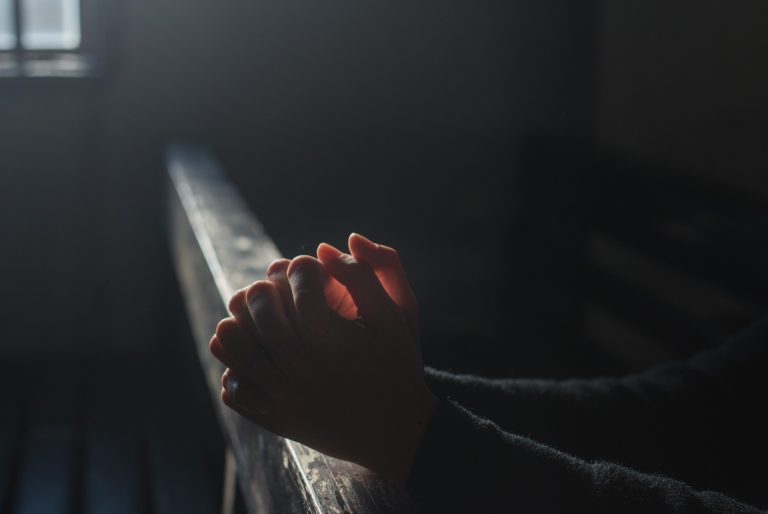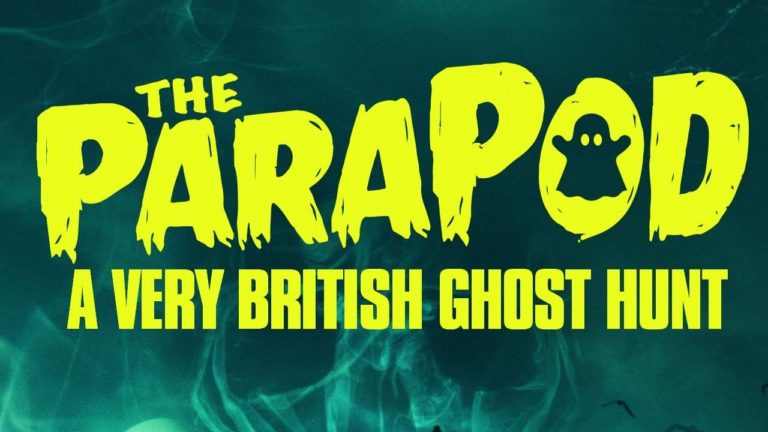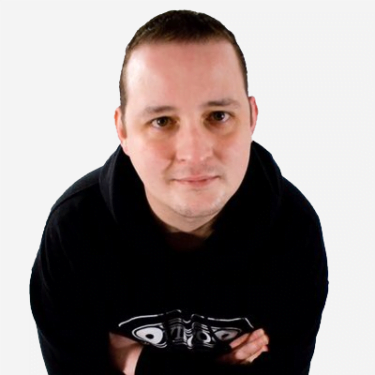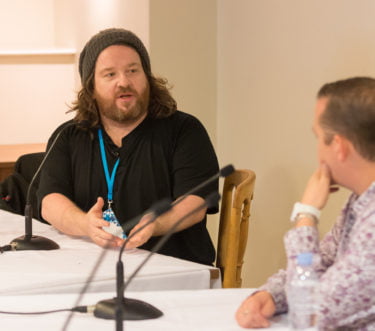There is something undeniably Pythonesque about the phrase exploding head syndrome(EHS) – but it is no joke to many of the people who suffer from it. Given my interest in anomalous experiences, especially those related to ostensibly paranormal experiences, I am often sent first-hand accounts of various sleep-related anomalies such as EHS and sleep paralysis. They make for fascinating, and often chilling, reading. One theme that frequently crops up, however, is the lack of understanding and support that people receive when they approach medical professionals for help and advice.
Unfortunately, to date there has been far too little by way of empirical research to systematically evaluate the best strategies that sufferers should employ to help them to cope with these often distressing conditions. But the problem is worse than that. All too frequently, medical professionals, with the exception of sleep specialists, have never even heard of them and simply dismiss sufferers or, even more disastrously, misdiagnose them and prescribe inappropriate medication. This article is a plea to medical professionals, especially general practitioners, to familiarise themselves with what we do know in order to provide the best advice possible given our current level of understanding. (Readers should feel free to forward this article to any medical friends they may have!)
There is, of course, a good chance that you, dear reader, have never heard of EHS before. I confess that it is only within the last couple of years that I myself became familiar with the term via my friendship with the world’s leading expert on the topic, Dr Brian Sharpless. EHS is characterised by the subjective experience of abrupt, loud sounds just as one is drifting off to sleep or emerging from sleep. The noise doesn’t last long but can be jarring to the sufferer. In itself, the condition is quite benign, but it can cause considerable distress. Most sufferers only have occasional episodes, but it can have clinical consequences when occurring on a more chronic basis.
The sounds heard during episodes of EHS may be explosions (hence the name exploding head syndrome) but they may also be other sounds including roars, beeps, doors slamming, waves crashing, shouting, or the clash of cymbals, to name but a few. Furthermore, additional symptoms are commonly reported to occur such as tachycardia (fast heart rate), fear, and muscle jerks, along with less common symptoms such as sweating, seeing a flash of light, breathing difficulties, and a range of other anomalous bodily sensations.
Exact estimates of lifetime prevalence rates are not available but what data there are suggest the condition is not rare, probably affecting around one person in ten in the general population. It is probably associated with stress. Although many sufferers find EHS frightening, only a minority ever seek help from medical professionals, possibly reflecting embarrassment on the part of sufferers at the prospect of describing their odd experiences.
One sufferer, a 59-year-old woman who worked as a tourism officer, contacted my colleague at Goldsmiths, Professor Alice Gregory, seeking advice regarding her own EHS. Her episodes included seeing a flashing blue spark in front of her face as she drifted into sleep. This could occur multiple times in a single night, causing her to wake up experiencing palpitations and frightened to go back to sleep.
Through her own research, this sufferer came to the conclusion that she was suffering from EHS and approached five different GPs for advice and support. None of them had ever heard of the condition. Neither had her ENT consultant who commented, “This sounds like a made-up name.” Fortunately, this woman no longer suffers from EHS, possibly as a result of undergoing hypnotherapy to reduce her anxiety, as well as practicing meditation and improving her sleep hygiene.
During our email exchanges, this sufferer made what struck me as a very insightful comment:
I think its name, ‘exploding head syndrome’, doesn’t help as tends to be regarded as a bit of a joke. Believe me as a sufferer of it, it is no joke.
As she pointed out, EHS is sometimes referred to as episodic cranial sensory shocks and it may be that using this term instead of the currently more common term would lead medical professionals to take it more seriously.
I suspect that more people have heard of sleep paralysis than EHS, but even so many people, including health professionals, are unfamiliar with the condition. In its most basic form, sleep paralysis is a temporary period of paralysis that occurs just as one is entering or emerging from sleep. It typically lasts for a few seconds and then the sufferer ‘snaps out of it’. Such mild episodes are a little disconcerting but do not usually cause serious distress. However, not only can episodes last for considerably longer but they can also be associated with a range of other symptoms that make the whole experience much more frightening. These include a strong sense of a malign presence and as well other hallucinatory experiences. These may be visual (such as lights or dark shadows moving around the room, as well as demons, old hags, or ‘shadow people’), auditory (for example, voices, footsteps, or mechanical sounds), or tactile (such as feeling someone or something breathing on the back of one’s neck). The sufferer may also experience unusual bodily sensations up to and including full-blown out-of-body experiences. Not surprisingly, throughout history such episodes have often been interpreted as otherworldly encounters.
The underlying cause of sleep paralysis is well understood, at least in broad terms. During a normal night’s sleep, the sleeper initially passes through various stages, each of which is characterised by particular patterns of brain waves, breathing rate, heart rate, and so on. Next, the sleeper enters REM sleep, so called because of the Rapid Eye Movements that occur in this phase. This is the phase of sleep typically associated with vivid dreams and, during this phase, the muscles of the body are actually paralysed, presumably to stop the sleeper acting out the dream. This cycle of non-REM stages followed by the REM phase lasts about 90 minutes and is repeated throughout the night.
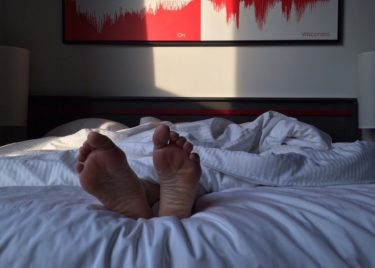
An episode of sleep paralysis occurs when, to put it simply, the mind wakes up but the body does not. The sufferer can typically see their surroundings (the eyes are typically not affected by the paralysis) but they cannot move and the dream imagery spills over into normal waking consciousness as hallucinations. Sleep paralysis is therefore a unique altered state of consciousness that combines normal waking consciousness and dream consciousness.
Like EHS, with which it is associated, sleep paralysis is relatively common. Although lifetime prevalence estimates vary enormously, the best estimate currently available would suggest that around 8% of the general population experience sleep paralysis at least once in their lives. Of those who do experience sleep paralysis, most will only experience the mild form and they will experience it only a few times at most throughout their lives. Some unfortunate individuals, however, experience the vivid form of sleep paralysis on a regular basis, sometimes over periods lasting many years.
Interestingly, two subgroups appear to have much higher lifetime prevalence rates: psychiatric patients and students. These raised prevalence rates probably arise because sleep paralysis episodes are more likely to occur in people with the underlying susceptibility if sleep patterns are irregular – and both of these groups are likely to have such irregular sleep patterns, albeit for different reasons. In addition to irregular sleep patterns, sleep paralysis is associated with sleeping in unfamiliar surroundings and sleeping in a supine position. There is also evidence of a tendency to run in families.
For that small percentage of the population who experience the vivid form of the condition on a chronic basis, it can seriously damage their quality of life. For many people in this group, they may worry that they are losing their sanity or that they are experiencing some sort of supernatural phenomenon. Even if they eventually learn that in fact they are suffering from a scientifically recognised – and fundamentally harmless – condition, this often does little to reduce the extreme fear experienced during the episodes themselves.
Many sufferers are reluctant to tell even close friends and family about their experience, let alone their GPs, for fear that they will be deemed to be ‘crazy’. It is therefore particularly cruel that when such individuals eventually pluck up the courage to approach a medical professional for help, they are all too often not taken seriously.
I was contacted by one such individual whom I shall refer as Dr Jones (not her real name). Dr Jones is a 36-year-old academic who co-leads and teaches on a Masters programme at an arts university. In her words:
I was around 12 or 13 the first time I experienced what I now understand to be sleep paralysis. In my early years the experience mostly manifested as a sense of being pulled from my bed as I was trying to get to sleep. The pull would be in a spiraling action, as if caught in the strong current of a whirlwind or vortex. I would also feel myself thrown across the room, slammed into the corners of the ceiling or the wall. It was terrifying.
Dr Jones was treated for anxiety and depression in her early teenage years and feels that her poor mental health played a role in triggering her sleep paralysis. She states that, “the stress of feeling afraid of myself, doubting my experiences and not feeling able to share them was also immense”. Neither her psychiatrist nor her psychotherapist appeared interested when she tried to discuss her frightening experiences.
Over the years, the nature of her sleep paralysis changed. As she describes it:
In addition to the spiraling, I would sometimes get stuck paralyzed in a stationary position when I was trying to fall asleep, unable to move my arms or legs. I would force all my effort into one arm, trying to roll myself over and wake my body up.
She would also experience vibrations, ringing in the ears, and dizziness.
Then she began to have strange out-of-body experiences in which she felt as though she could move around her room freely but her actions and sensations were somehow unsynchronised. For example, if she turned on a light, it would come on before she had actually touched the switch. Often, the moment she became consciously aware of this surreal oddness, her consciousness would snap back to being awake, lying on her bed. Understandably, she found this incredibly unsettling, leading her to doubt her sanity. Around about the age of 26, she began to hear voices during her episodes, initially a clear recognisable voice but later multiple voices, all speaking at the same time so that individual words were indistinguishable.
As Dr Jones states:
I spent most of that year extremely agitated as I was scared that I was experiencing psychosis and was perhaps developing schizophrenia. I was afraid to tell anyone about my experiences other than my partner, who was encouraging me to understand them through the lens of out-of-body/spiritual experiences. I felt incredibly confused, isolated and afraid during that period of my life.
Since turning thirty, the frequency of Dr Jones’ experiences has lessened, possibly aided by practising meditation and adopting good sleep hygiene practices. She has learned to cope with the episodes better and finds them more annoying than terrifying these days. But as she goes on to say:
I’m deeply sad and regretful in some ways that I’ve had to deal with this entirely on my own and largely in secret with a lot of shame and embarrassment and confusion along the way. When I was a child I genuinely thought I was cursed, possessed by something bad and evil, and I think it was only by fortune that I grew up in a very atheist household that that belief didn’t take hold deeper and for longer into my adult life – though in other ways the belief that at my core I must probably be insane, has persisted and taken a lot of effort to begin to undo in the last few years.
It strikes me that much of the distress experienced by these two individuals, along with countless others, would have been greatly reduced by the simple recognition on the part of the medical professionals whom they approached that their conditions were real and that their fear was understandable. Sympathetic assurances that both EHS and sleep paralysis are essentially benign conditions would have been much more helpful than the dismissive responses that they actually received.


